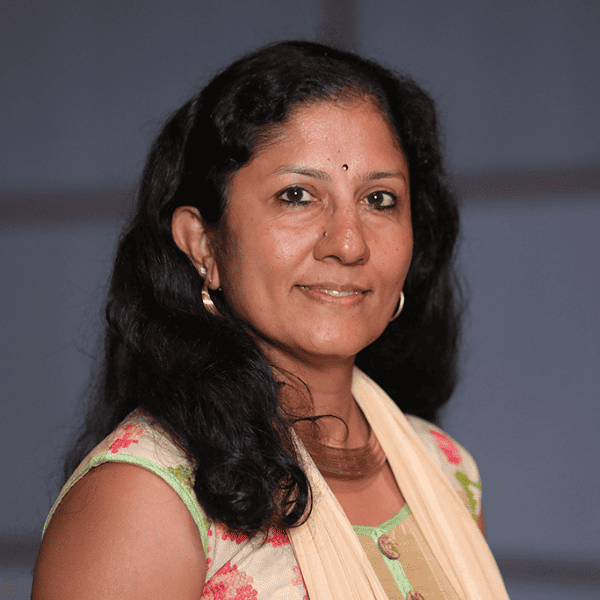3 minutes read
Co-authors: Anant Bhagwati, Akshay Gambhir
Best known in the past as a spice-trading post, today Mundhra is a busy port town in the Kutch district of Gujarat, India. Mundhra is also home to Ujas Mahila Sanghatan (UMS), an NGO founded and run by the women of the region.
The UMS office buzzes with palpable energy. UMS members, some of whom are accompanied by family members and young children, are keen to share their experiences of being a small but vital NGO in Kutch. The stories they share highlight how valuable community action can be in the aftermath of natural disasters. They’re also a testament to how central grassroots organisations are to the recent growth of philanthropic collaboratives in India.
Strengthening the grassroots
UMS traces its history to 1989, when it was formed to help local communities, including disaster relief following the 2001 earthquake in Gujarat. Since then, UMS has expanded to assist communities with legal issues, family counselling, health education, information on government schemes, work on livelihoods, marital violence, credit access, and more. It’s present in 62 villages and has 8,000 members.
When the COVID-19 pandemic spread in 2020, UMS joined the Covid Action Collaborative (which has since evolved into Community Action Collab or CAC), a newly formed philanthropic collaborative. It was an important move that helped UMS get its work done on the ground. “CAC helped us with 200 oximeters and vital information related to vaccinations that benefitted 2,000 people in the region,” says Reena Rabari, CEO of UMS.
CAC also provided salaries for key staffers for a few months when the NGO was facing financial difficulties during the pandemic. For Rabari, working with CAC has opened a previously unexplored landscape of potential funding as support from organisations has been made possible through CAC’s intervention. “We’ve rarely received support from funders [in the past] as Gujarat is not a priority geography for many of them,” shares Rabari.
Moreover, with CAC’s help, UMS was able to extend support to vulnerable fisherfolk communities in Kutch during the height of the COVID-19 pandemic and stay involved with them. UMS has shared learnings and best practices through its CAC connection with the fishing community, which has led to a higher market price for their produce.
The collaborative support introduced UMS to a fresh way of working. “We had never operated online ever,” shares Rabari while describing the quantum leap taken by UMS in the past two years when it began to conduct digital or WhatsApp vaccination campaigns to connect with village and religious leaders, Accredited Social Health Activists, and rural child care centre workers. “Using Whatsapp to disseminate information really helped us during COVID.” UMS realised that it would need more training, fresh ideas, and technical support. With CAC’s help, UMS is learning to use technology to reach more people and create more awareness.
Collaboratives rely on the grassroots
CAC may have launched as a response to COVID-19’s spread in 2020, but it was never going to reach communities across all of India on its own. By design, the philanthropic collaborative would need the help of grassroots organisations like UMS. The ground realities in Kutch and elsewhere present a unique combination of hurdles to working in the region, so CAC relies on NGOs such as UMS to support vulnerable communities.
But the collaborative relationship goes beyond relying on NGOs to deliver the last mile of direct services. In Mundhra, for example, UMS has helped CAC connect the Kutch farmer producer organisation (FPO) with Avanti, an open-access digital financial platform (also a CAC partner), to provide microfinance for UMS members. Through the collaborative relationship, the MacArthur Foundation has also provided grants and training for the FPO. Indeed, grassroots organisations are integral to collaborations in more ways than one.
CAC is part of a trend toward a growing number of philanthropic collaboratives, as we report in The Growing Momentum Behind Philanthropic Collaboratives in India. The pandemic was a catalyst in uniting stakeholders across sectors not only to respond to a crisis but also to collectively address complex social challenges across the United Nations Sustainable Development Goals. They bring together NGOs with funders (for money); enablers (for expertise on strategy, measurement, evaluation, and learning); and other implementors (for sharing knowledge).
The UMS and CAC example highlights how large networks can reach out to grassroots organisations to help navigate a crisis. Philanthropic collaborations also help NGOs like UMS strengthen their resilience and grow.
Moving past the pandemic crisis, for example, UMS can now focus on other priorities, such as increasing its membership and the earning capacity of its members. “Apart from a much-needed website, we want to develop Kutchi handicrafts for contemporary use and help local communities with better financial planning,” says Rabari.
And CAC will be there alongside to help.


















